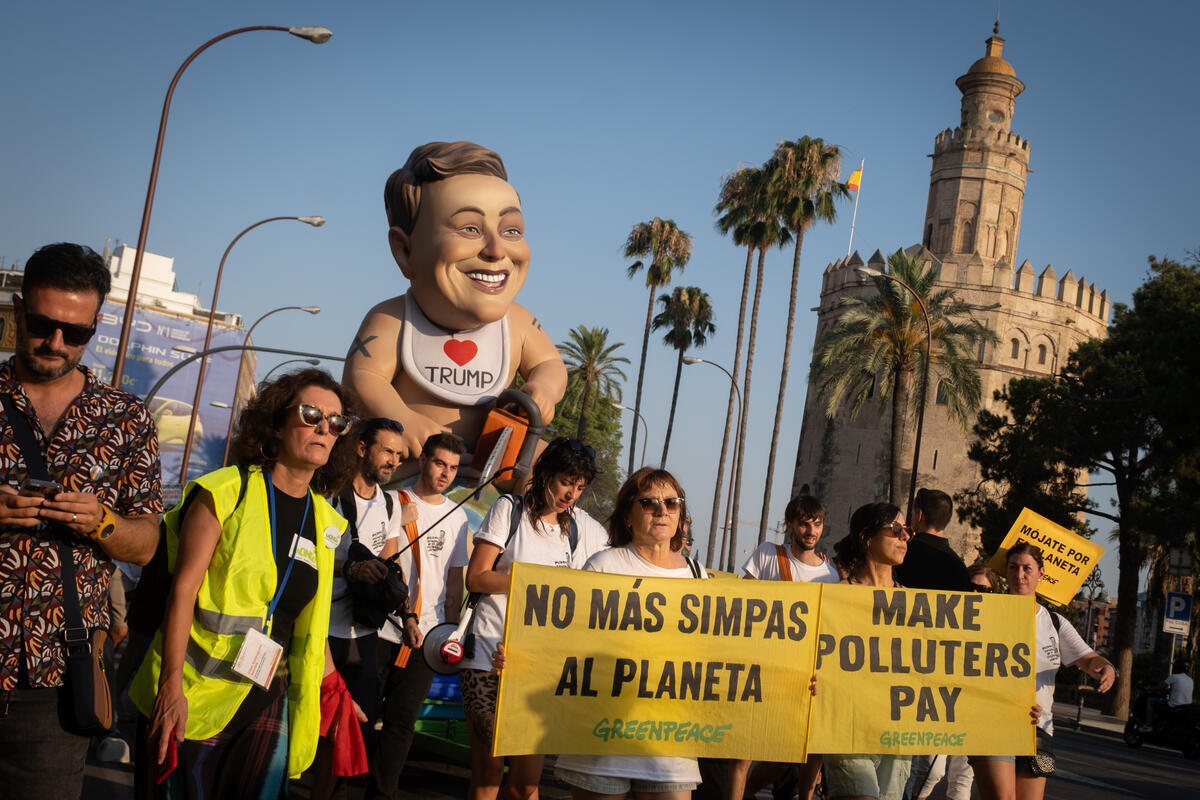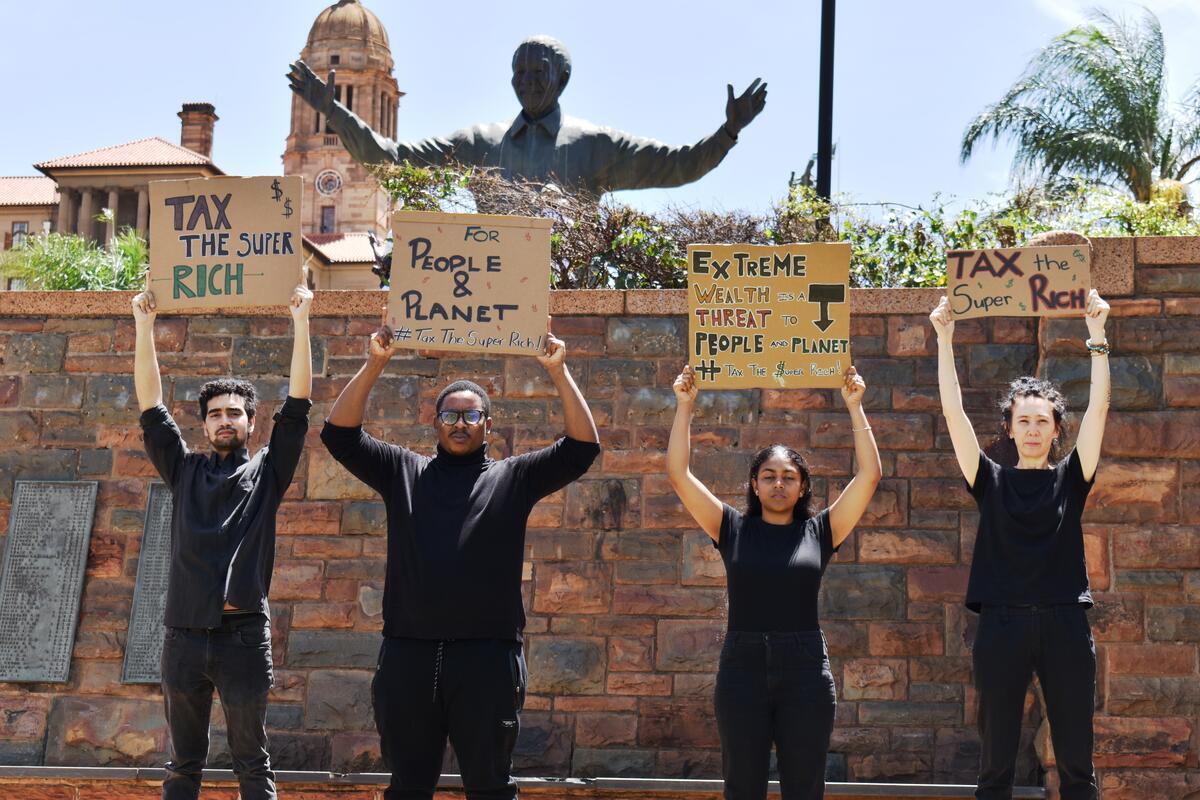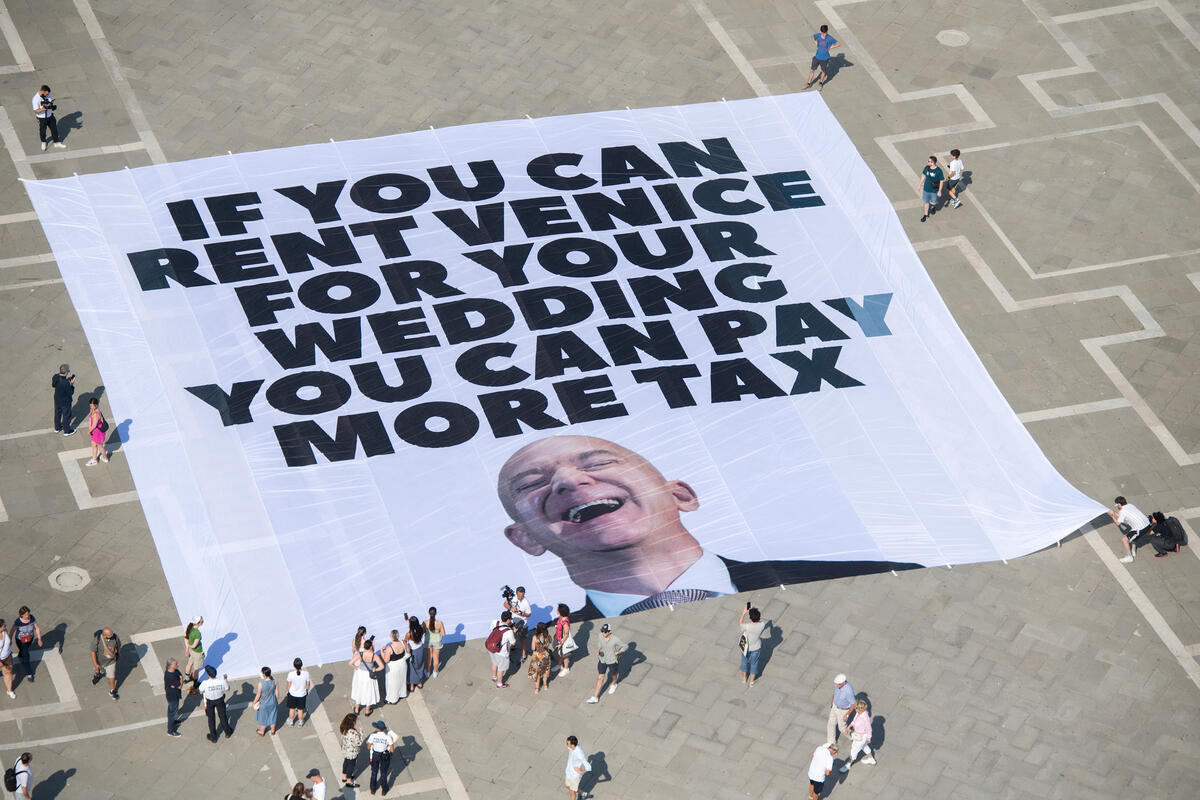The Air We Breathe: Air Pollution In South Africa
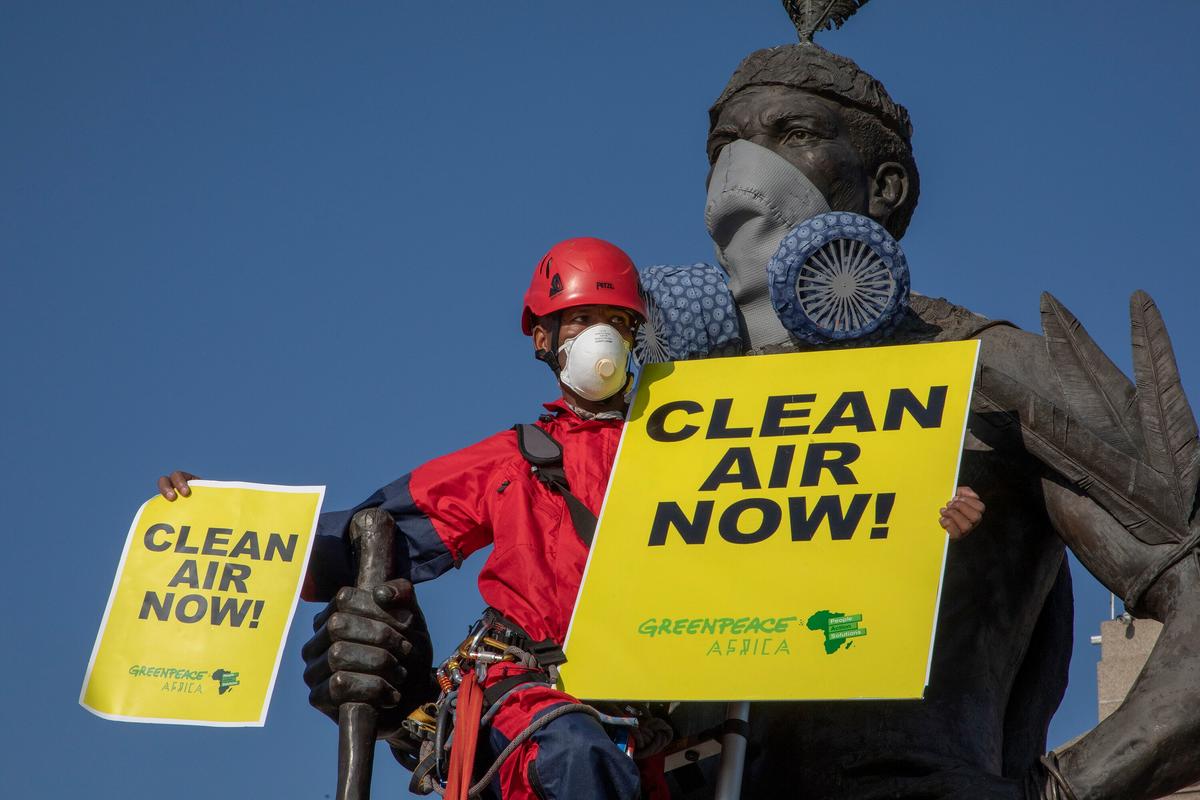
Although they may seem to be two very different issues, climate change, and air pollution are closely interlinked.
Air quality is closely linked to the earth’s climate and ecosystems globally. Many of the drivers of air pollution are also sources of greenhouse gas emissions.
Air pollution is causing the climate to change, and is causing the air quality to deteriorate increasingly; so by reducing air pollution, we also protect the climate.
In view of the fact that climate change is one of the most pressing issues of our time, South Africa has an important role to play in trying to resolve it, as the nation is the 12th largest greenhouse gas polluter in the world.
The South African economy is carbon-intensive, with fossil fuels accounting for more than 90 percent of the primary energy demand.
On the continent, South Africa is the largest emitter of sulfur dioxide (SO2), and also leads in carbon dioxide (CO2) emissions. Energy consumption on a grand scale and the concomitant air pollution can cause a myriad of effects, from local to global, and there are a number of underlying issues which have a profound impact on their interplay. South Africa possesses massive coal reserves and in spite of energy security concerns intends to continue utilising these resources.
Unfortunately, Africa grapples with one of the most severe air pollution challenges globally, resulting in significant health repercussions. In 2019, air pollution emerged as the second-leading cause of mortality across the continent, which is both vast and teeming with a population exceeding 1.2 billion people. Notably, Africa claims five out of the ten most heavily polluted nations globally when it comes to ambient fine particulate matter (PM2.5).
Measures taken to combat South Africa’s Air Quality Issues & the role that a carbon tax plays
GP0STSP9M
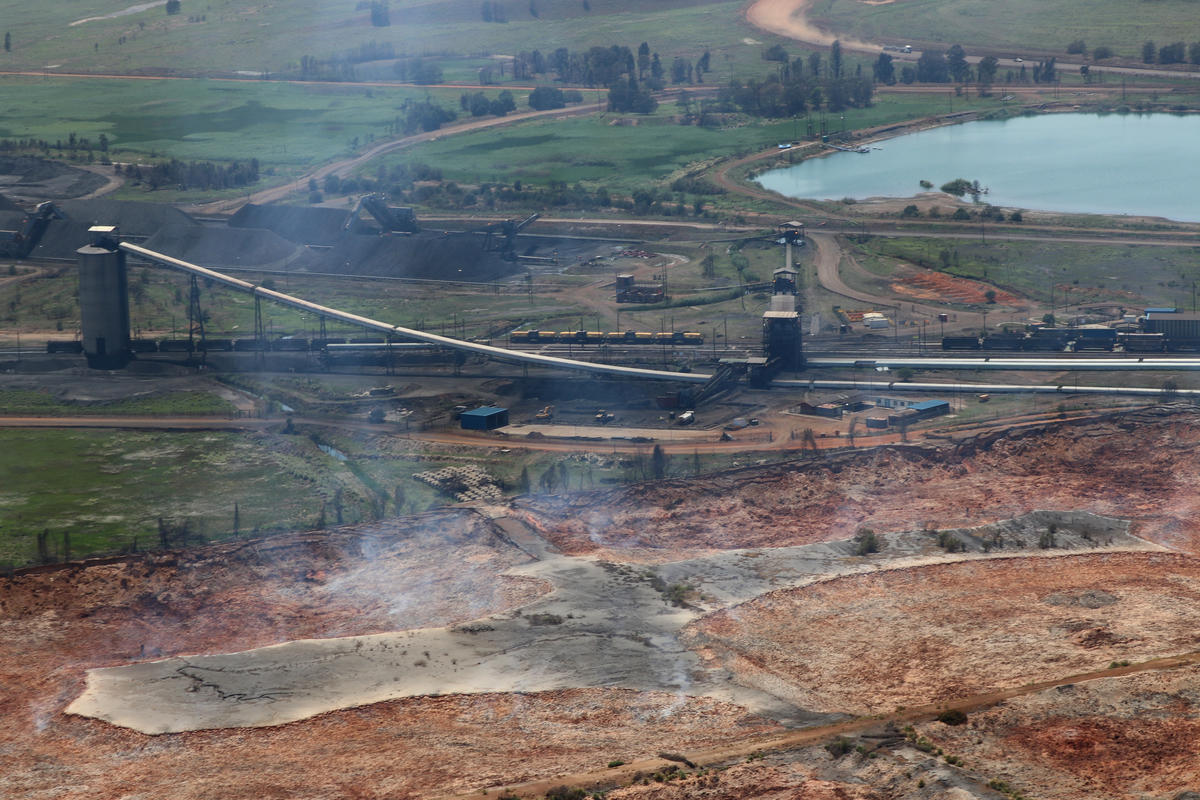
Recognising the threats posed by reduced air quality as a result of air pollution by industrial complexes or plants, the South African government introduced a carbon tax.
This is an environmental tax or fee imposed on companies that burn carbon-based fuels, including coal, oil, gasoline, and natural gas. It’s imposed by the South African government in terms of the Carbon Tax Act No 15 of 2019 and the Customs and Excise Act No 91 of 1964.
The primary objective of the carbon tax is to incentivise carbon majors such as Eskom and Sasol to change their carbon-intensive business model and adopt renewable energy technologies to mitigate further temperature increases. However, recognition of the interconnected nature of climate change and air quality is included in the act. To quote the preamble of the carbon tax act, “AND SINCE the costs of remedying pollution, environmental degradation and consequent adverse health effects and of preventing, controlling or minimising further pollution, environmental damage or adverse health effects must be paid for by those responsible for harming the environment (the polluter pays principle)”.
The carbon tax, therefore, is a policy instrument that is meant to combat greenhouse gas pollution from the high-carbon fossil fuels that South Africa uses for electricity production. However, is it feasible?
The basic mechanics of a carbon tax are very simple: A tax is assessed on each ton of greenhouse gas pollution, the tax is then paid to the government, and the government uses the money for either targeted spending or general usage.
In a perfect world, a carbon tax would incentivise the use of non-fossil-fuel-based energy, causing an economic boost in the green jobs and clean-tech markets. However, South Africa’s carbon tax may be ineffective in cutting the country’s greenhouse gas emissions on its own as the levy is too low
The price of carbon in South Africa varies between R6 to R48. The High-level Commission on Carbon prices proposes a carbon price of between US$40-US$80 which is between R615 and R1230 in order for a carbon tax to be considered effective.
It is therefore uncertain whether pricing carbon at this rate is effective in reducing carbon emissions.
This is because a lack of clean air violates the constitutional right to “an environment that is not harmful to their health and well-being.”
The Highveld is now home to 12 coal-fired power plants and a massive refinery that produces liquid petroleum from coal. This single facility, owned by the South African company, Sasol, generates greenhouse gas emissions that are catastrophic to the health of the residents.
Enforcing a more robust carbon tax could inadvertently address the air pollution crisis, but we cannot delay on this as communities continue to suffer as South Africa prioritises profit over people’s lives.
First, What Exactly Is Air Pollution?
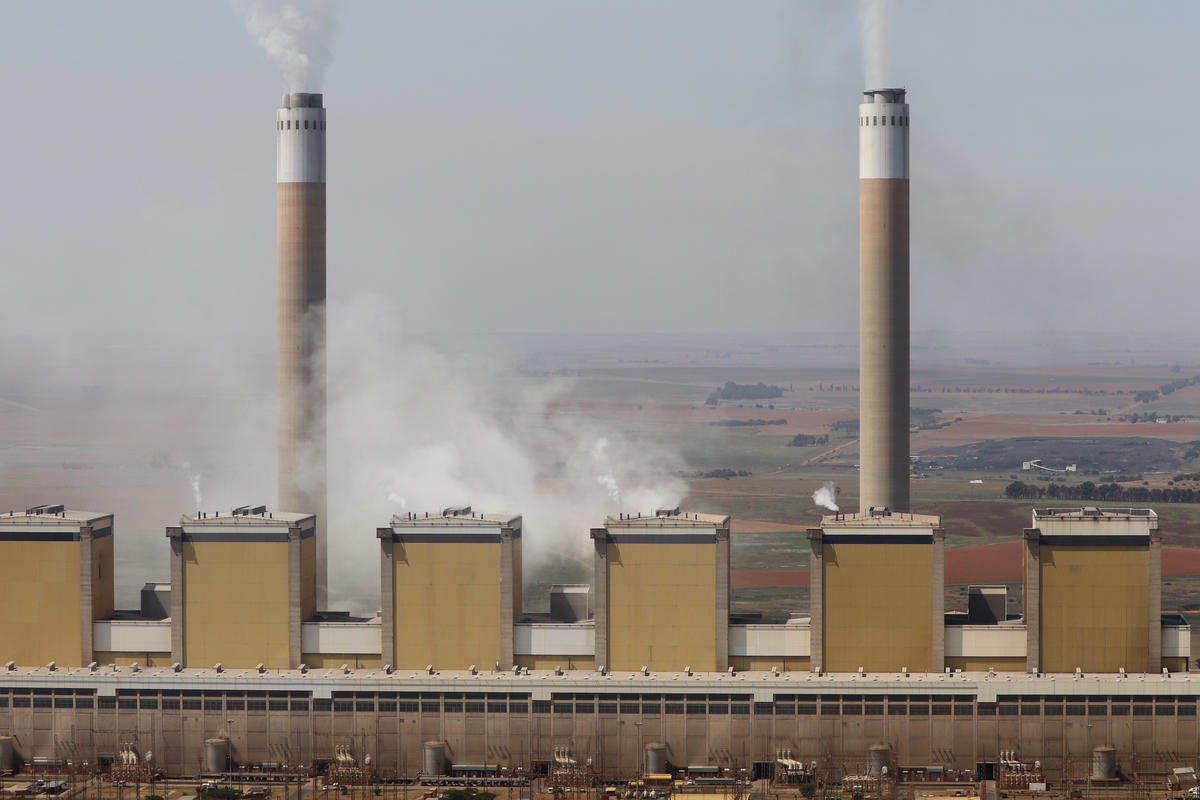
Air pollution refers to the release of pollutants into the air—pollutants that are detrimental to human health and the planet. According to the World Health Organization (WHO), nine out of ten human beings currently breathe air that exceeds the WHO’s guidelines for pollutants, with those living in low- and middle-income countries suffering the most.
The vast majority of South Africa’s emissions are produced by the electricity sector, the metals industry, and the transport sector.
The electricity sector’s reliance on fossil fuels is one of the main reasons for the high levels of nitrous oxide and sulphur dioxide in the air that many South Africans are exposed to.
Pollutants that cause the air quality to deteriorate include:
- Particulate matter: Particle pollution is composed of a mixture of solid particles and liquid droplets found in the air. Most form as the result of chemical reactions in the atmosphere due to emissions from power plants, factories, and vehicles.
- Ozone (O3): Ozone in the troposphere is a secondary air pollutant created from chemical reactions with other air pollutants.
- Sulphur Dioxide (SO2): Coal, oil, and gas often contain sulphur, as do some mineral ores. The burning of any of these sulphur-containing materials, during industrial processing or generation of electricity, releases toxic sulphur dioxide and sulphur trioxide, together called sulphur oxides, into the atmosphere.
- Carbon Monoxide (CO): If something is burning, carbon monoxide is likely being released. Carbon monoxide is a poisonous gas that is created when carbon is burned. Most of the carbon monoxide pollution comes from burning fossil fuels in vehicles, factories, and power plants.
- Nitrogen Dioxide: Vehicle exhaust is the largest source of nitrogen dioxide pollution in the atmosphere, but it is also formed by factories and power plants.
Pollutants that cause the climate to change include:
- Greenhouse Gas Pollution: The burning of fossil fuels for electricity, heat, and transportation is increasing the amount of greenhouse gases such as carbon dioxide (CO2), nitrous oxide (N2O), and methane (CH4) in our atmosphere.
The use of coal for energy generation is a major source of air pollution. Of coal’s many environmental impacts, none are as harmful, long-term, and irreversible as global warming. Global warming is driven by emissions of heat-trapping gasses, primarily from human activities, that rise into the atmosphere and act like a blanket, warming the earth’s surface.
Consequences include rising temperatures and accelerating sea level rise as well as growing risks of drought, heat waves, heavy rainfall intensified storms, and species loss. Left unchecked climate change could lead to profound human and ecological disruption.
South Africa’s Air Quality Index: A Disturbing Reality
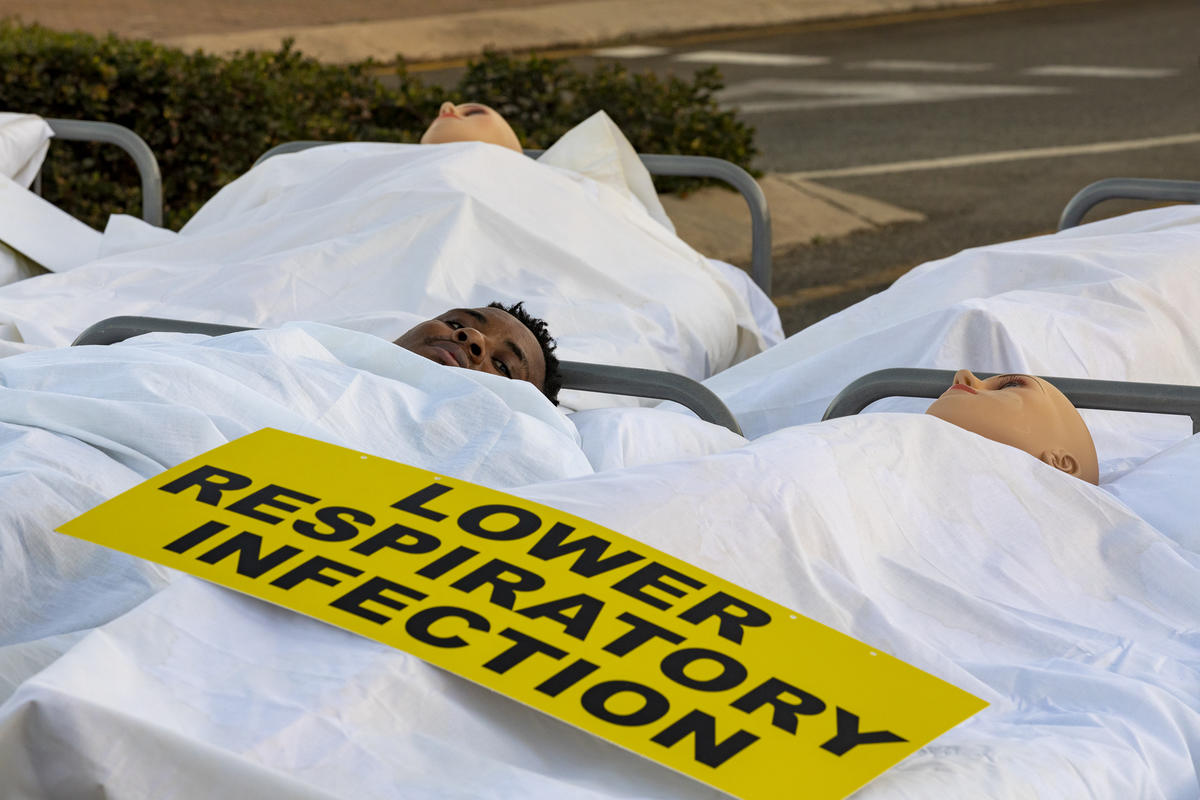
South Africa is ranked in fourth position among the 10 countries across Africa with the highest number of deaths linked to PM2.5, with the country recording 25,800 deaths in 2019. Egypt was in top position (90 600), followed by Nigeria (68, 500) and Morocco (27,000).
Almost the entire South African population is exposed to annual average PM2.5 concentrations that are more than five times the WHO guidelines.
People most at risk from breathing polluted air are children (because their lungs are still developing), the sick (people who already have lung diseases like asthma), and the elderly. Impacts from breathing in polluted air are, for example, coughing, sore or scratchy throats, inflamed airways, decreased lung function, irregular heartbeats, nonfatal heart attacks, and even premature death in people with heart or lung disease.
The elderly, newborns and pregnant women are the most vulnerable groups as the dangers are unequally distributed throughout the population,
Air Pollution Hotspots in South Africa
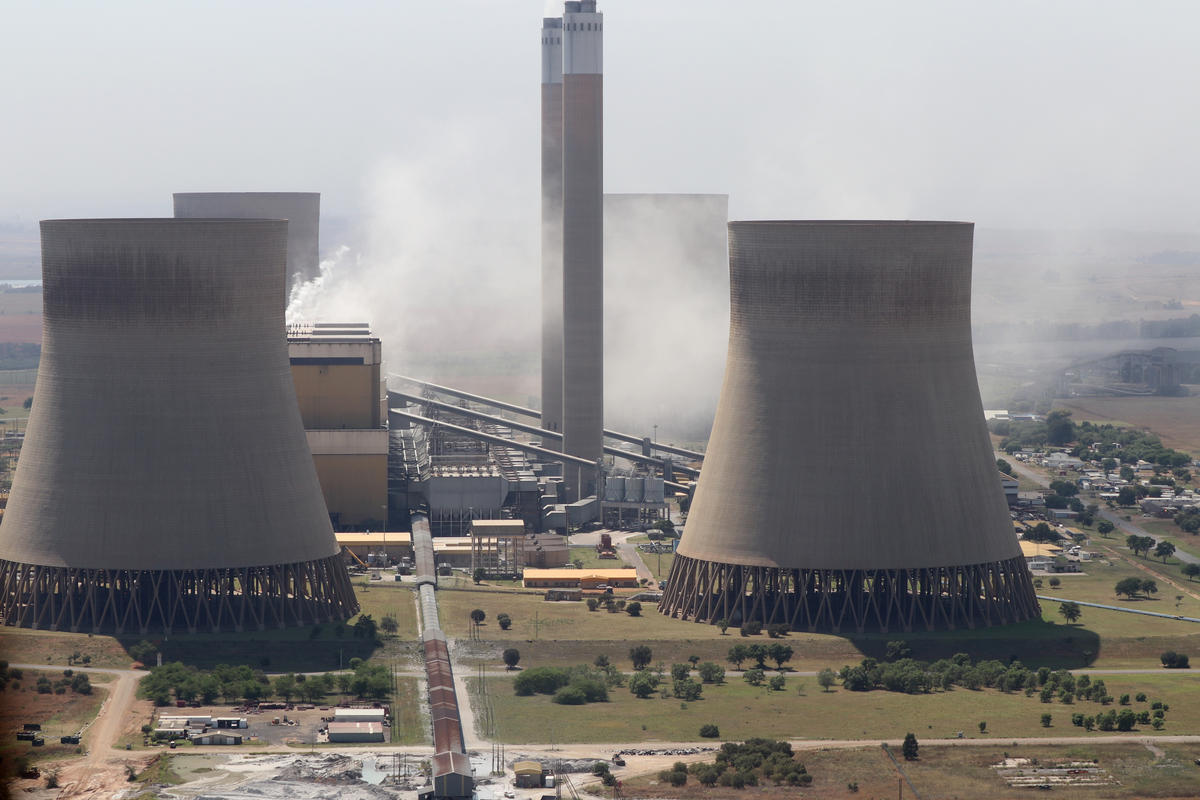
The Department of Environment, Forestry and Fisheries declared three Air Quality Priority Areas in the country, where many industrial activities (like power generation or mining) emit tons of pollutants into the air every single year, causing high pollution levels on the ground impacting humans and the environment.
Gauteng, North West, Free State and Mpumalanga are the provinces with the worst exposure to PM2.5 pollution. These provinces accommodate almost 50 per cent of South Africa’s total population.
In addition to this, residents of Middelburg and other communities in the Highveld, a plateau in central South Africa, are facing the effects of air pollution and having it have a toll on their health. The area — located east of Johannesburg and with a population of 4.7 million — is riddled with coal mines, coal-fired power plants, petrochemical facilities, metal smelters, chemical producers, and other industrial complexes.
A 2019 Greenpeace report ranked the region among the highest in the world for emissions of two dangerous pollutants, sulphur dioxide and nitrogen dioxide. A substantial portion of the Highveld’s population lives in townships — underdeveloped areas on the outskirts of towns— among the mines or in the shadows of industrial facilities.
In 2022, a South African court issued a landmark judgement declaring that Mpumalanga province’s unsafe level of air pollution is in breach of residents’ section 24(a) constitutional right to an environment that is not harmful to their health and well-being, along with other constitutional rights.
Mpumalanga’s deadly air is a consequence of South Africa’s heavy reliance on coal-fired power generation, which produces pollutants linked to health issues such as asthma, cancer, and lung ailments. A 2019 government study found that “thousands of lives” could be saved in Mpumalanga if national air quality standards were complied with.
Greenpeace has been and will persist in advocating to incorporate clean air as a fundamental component in our nation’s green recovery strategies. Stand with us, raise your voice, and assert your entitlement to clean air for yourself, your dear ones, and the well-being of our future.
Causes of Air Pollution: How We’re Changing the Air
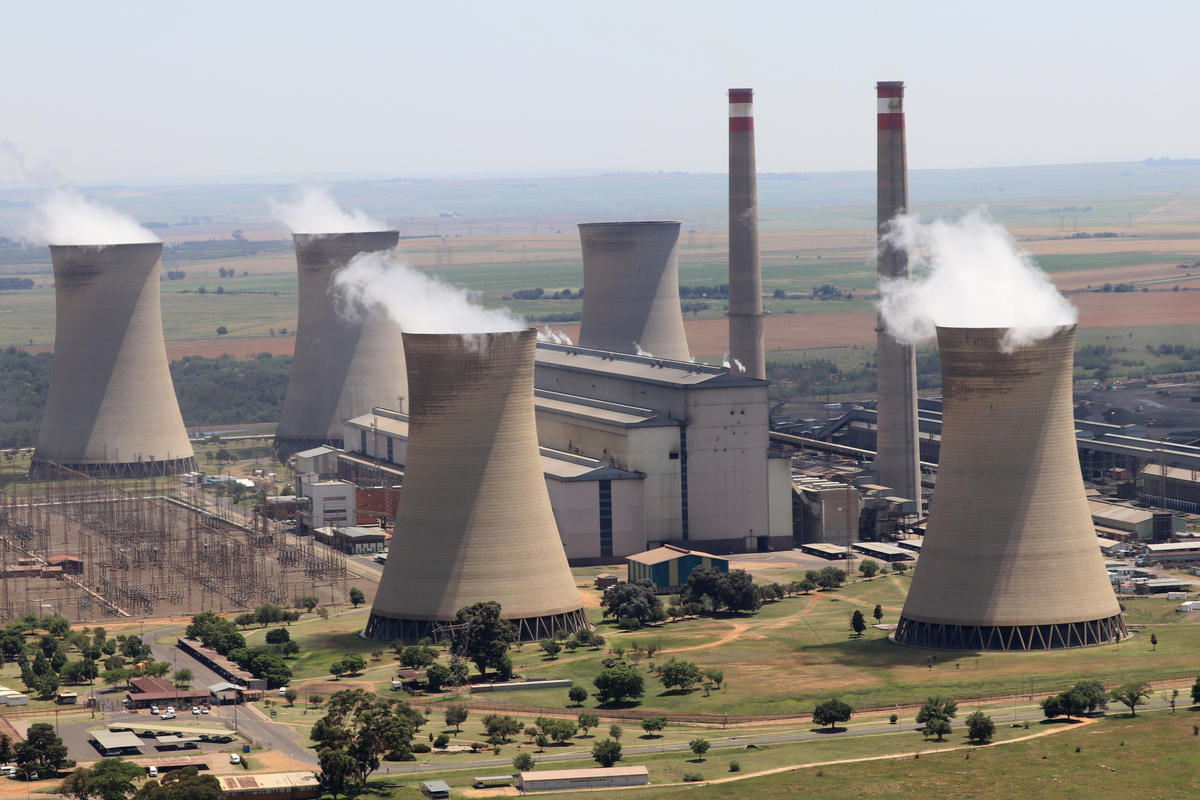
Air pollution sources are:
1. Combustion of fossil fuels, like coal and oil for electricity and road transport, producing air pollutants like nitrogen and sulphur dioxide
2. Emissions from industries and factories, releasing a large amount of carbon monoxide,
hydrocarbon, chemicals, and organic compounds into the air.
3. Waste production, primarily because of methane generation in landfills.
Improving air quality while keeping the climate hospitable is not a complex process, as many may try to make it seem. We already have a thorough understanding of what exactly is causing air pollution and climate change. What can be done to tackle both air pollution and climate change as they are urgent issues is the transition into renewable energy so as to preserve a life-friendly atmosphere everywhere on Earth.
Social Consequences Of Poor Air Quality
When the World Health Organisation (WHO) revised its air pollution guidelines in 2021 to reflect the damage air pollution can have on human health, it found that a staggering 99% of the world’s population was breathing unhealthy air. In some cities and countries, the level of air pollution consistently ranges from bad to hazardous.
As households throughout Africa transition from traditional biomass fuels like wood and charcoal to cleaner energy sources such as liquefied petroleum gas and renewable options like wind and solar power, we witness a reduction in household air pollution. However, this positive shift is accompanied by a rise in ambient pollution due to the effects of industrialization and economic growth.
The burden of air pollution on South African livelihoods is undeniable.
Air pollution levels continue to rise in the country’s poorest towns. Within these polluted settlements, poorer families are more likely to live close to industrial sites, power stations and other sources of air pollution because these areas tend to be cheaper.
Economic Impact: Air pollution can have economic consequences, including increased healthcare costs and days lost at work or school due to illness which then exacerbates existing inequalities and leads to economic disparities.
Social Inequality: Air pollution often disproportionately affects the most vulnerable and marginalised in our communities, including low-income neighbourhoods. This then exacerbates existing social inequalities, as these groups may have limited access to healthcare and resources to mitigate pollution’s effects.
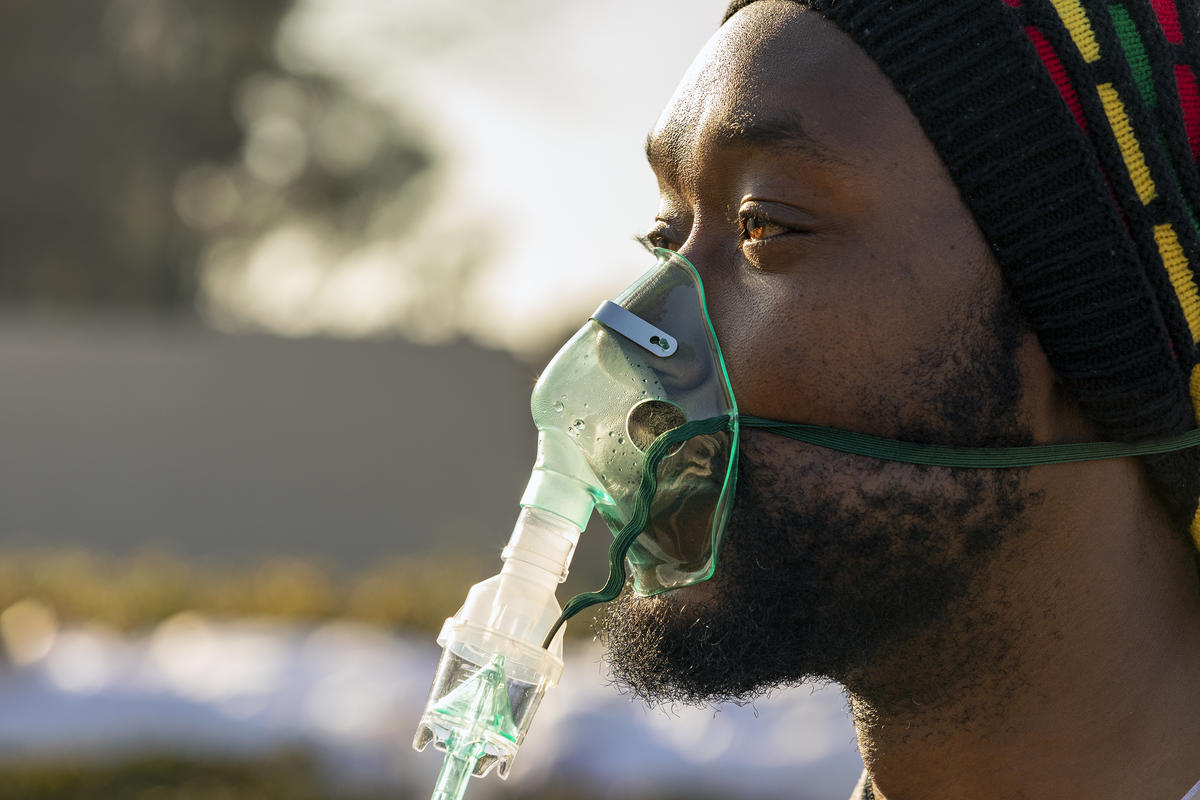
Reduced Quality of Life: Poor air quality can limit people’s ability to enjoy outdoor activities, exercise, and spend time in public spaces. It can also lead to discomfort, irritation (e.g., itchy eyes, sore throat), and a general reduction in overall well-being.
Mental Health Impacts: Prolonged exposure to air pollution has been linked to mental health. The stress of living in areas with poor air quality can also contribute to mental health issues such as anxiety and depression.
Education Disruption: Children exposed to outdoor air pollution may experience health issues that lead to increased absenteeism from school. This can hinder their educational attainment and future opportunities.
Migration and Displacement: In extreme cases, individuals and communities may be forced to relocate due to persistent air pollution, leading to displacement and disruption of social structures.
Environmental Justice Concerns: Air pollution is often linked to environmental justice issues, as communities with fewer resources and political power may bear a disproportionate burden of pollution from nearby industrial facilities and transportation hubs.
An increase in renewable energy capacity, and a reduction in coal-based power generation, will consequently lead to the enhancement in air quality. To ensure the well-being of both public health and the economy, we need to accelerate the shift from coal to renewable energy sources.
Governments must immediately halt investment in fossil fuels and shift to safer energy sources, such as wind and solar.
Ultimately, Not all hope is lost, the solution to air pollution is in all of us banding together, you and me demanding for more and taking action together. And you can start right now, right here.
Health Consequences Of Poor Air Quality
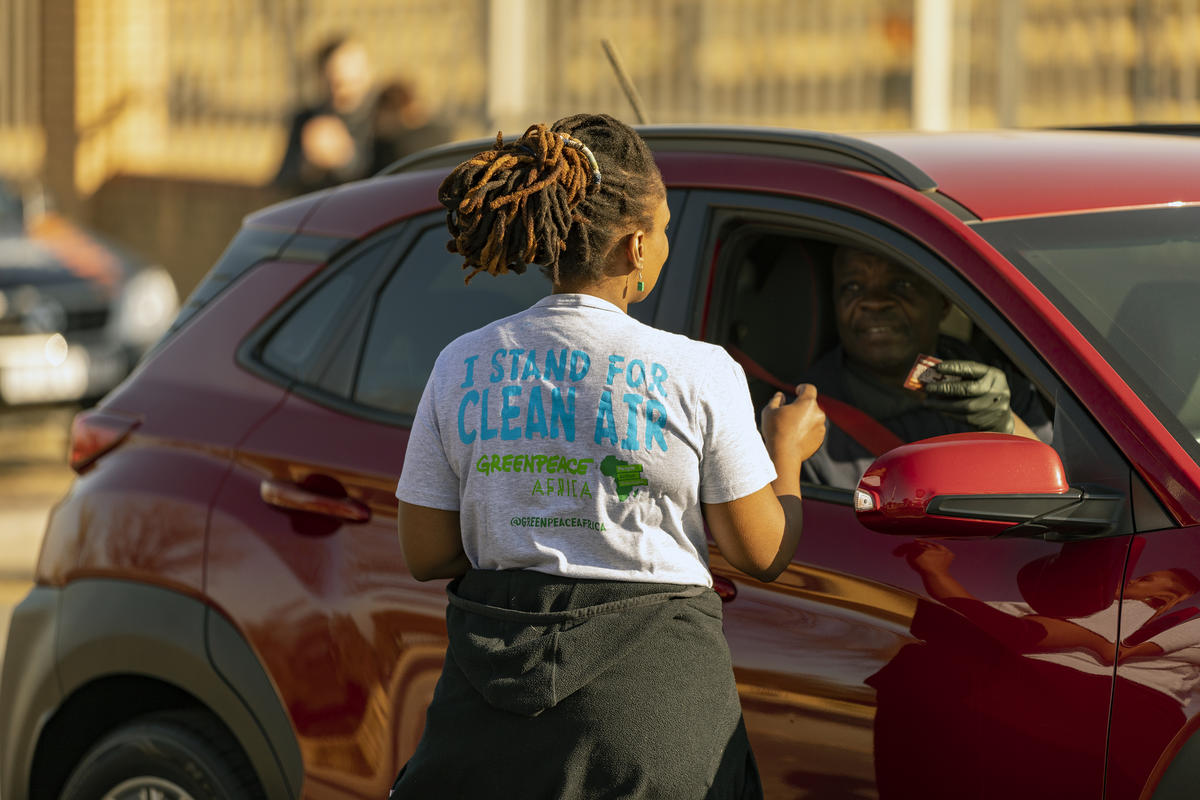
Air quality is described according to the Air Quality Index (AQI), which is based on the concentration of pollutants present in the air at a particular location.
When air quality is good, the air is clear and contains only small amounts of solid particles and chemical pollutants. Poor air quality, which contains high levels of pollutants, is often hazy and dangerous to health and the environment.
The health consequences of industrial air pollution include:
Asthma: Though air pollution isn’t a direct cause of asthma, air pollution can increase the frequency and severity of asthma attacks. NO2, a byproduct of fossil fuel combustion in vehicles, power plants and factories, is linked to roughly 4 million new cases of asthma in children each year, with approximately 16 million children worldwide living with asthma due to exposure to NO2 pollution from fossil fuels.
Bronchitis: Like asthma, bronchitis is an inflammation of passages in the lungs, but it includes more mucus production and heavy coughing. Chronic bronchitis is more common for people who live near power plants and factories or in cities, where they are exposed to more pollutants in the atmosphere.
Cancer: In 2013, The International Agency for Research on Cancer (IARC) declared outdoor air pollution as a cause for lung cancer and an increased risk of bladder cancer.
The well-being of both ourselves and those dear to us is intricately tied to the well-being of our planet.
The widespread use of fossil-fuel-based energy systems is causing harm to our environment and adversely affecting our physical health. However, we don’t need to accept this situation or suffer its consequences. There exist cleaner alternatives.
Air Pollution Solutions: Shifting Towards A Low Air Pollutants Pathway

By addressing how fast the air is being polluted, we also address a critical and easy-to-implement solution to climate change.
- Renewable fuel and clean energy production
The best, most effective way to control air pollution is to speed up our transition to renewable energy. By switching over to renewable energy sources (such as wind and solar power), maximising fuel efficiency in our vehicles, and replacing more and more of our gasoline-powered cars and trucks with electric versions, we’ll be limiting atmospheric pollution at its source while also curbing the global warming that heightens so many of its worst health impacts. Reducing outdoor air pollution – by shutting down coal plants and replacing them with cleaner energy sources – can, therefore, help reduce the health inequalities caused by air pollution.
- Government Policies
The government has the role to deter the use of fossil fuels, such as coal, fuel oil, and gasoline by passing on policies that mobilise for clean technology investment or those that fund investment in clean technology.
The National Environmental Management: Air Quality Act, 2004 is one such law. It set detailed targets for improving air quality, reducing emissions, and reducing coal consumption in the country’s key regions.
As a part of this act, the Highveld Priority Area Air Quality Management Plan was also established.
For context, a 2019 Greenpeace report ranked the Mpumalanga/Highveld region among the highest in the world for emissions of two dangerous pollutants, sulfur dioxide and nitrogen dioxide. The burning of coal and oil are the key sources of this deterioration in air quality.
The residents of this region (Middelburg and other communities in the industrialised part of the Highveld, in central South Africa), are well acquainted with air pollution and its toll on health.
The area — located east of Johannesburg and with a population of 4.7 million — is riddled with coal mines, coal-fired power plants, petrochemical facilities, metal smelters, chemical producers, and other industrial complexes.
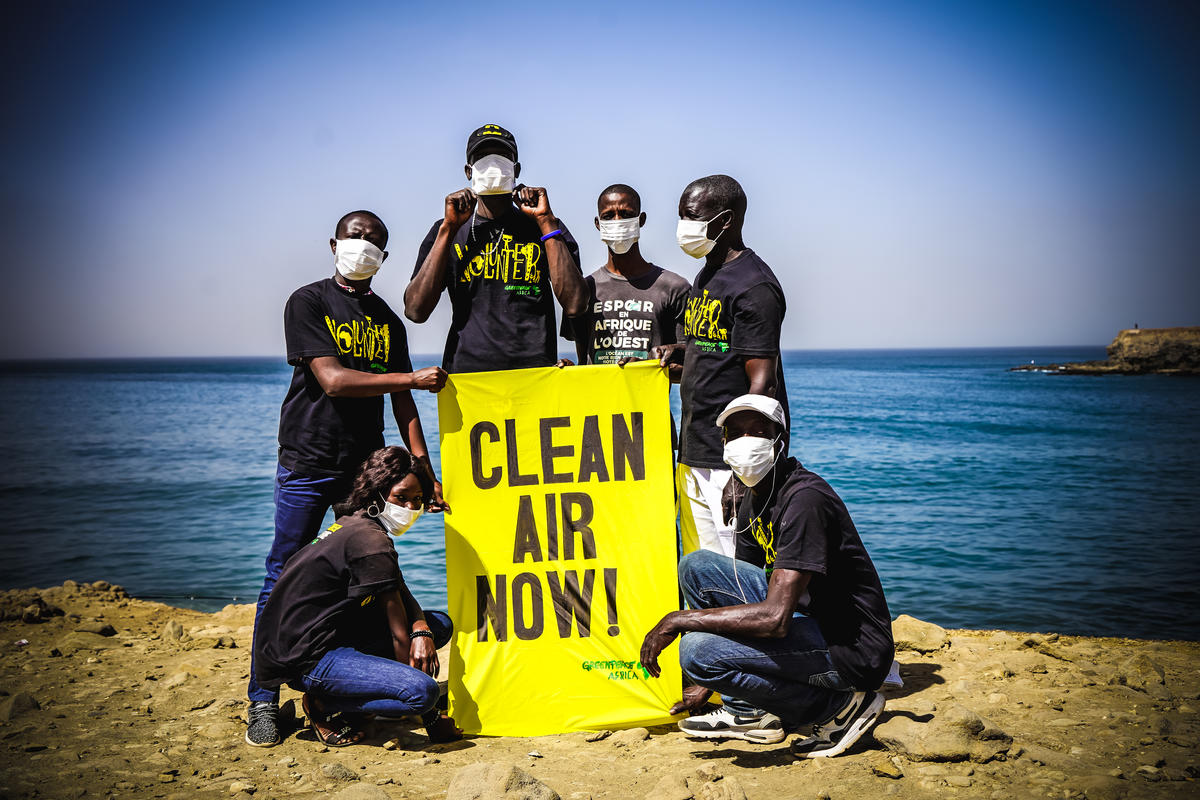
Years after the South African government vowed to clean up the Highveld’s air, there has been little progress. We’re now at the end of 2021, and the majority of those goals haven’t been achieved but a carbon tax is already in effect as residents of this region continue to choke on unclean air.
The government needs to immediately cease the establishment of new coal-fired power facilities, decommission existing ones, allocate resources to enhance public transportation networks, and swiftly shift to renewable energy sources. We are advocating for cleaner air, and it is imperative for governments to respond proactively.
- Strengthening air pollution regulations
Enhancing environmental regulations on a global scale is crucial for enhancing the quality of our air. By implementing stricter rules governing emissions from power plants, industrial facilities, and transportation, it becomes feasible to make substantial improvements in air quality. Although our ultimate objective is the complete eradication of air pollution sources, we can move closer to this goal by initially reducing pollutant emissions through more robust regulations and more stringent air quality standards.
Furthermore, there is a need to enhance real-time monitoring of air pollution. The availability of well-monitored and transparent air quality data will empower individuals to take necessary precautions to protect themselves, while also exerting pressure on governments to proactively address the issue of air pollution.
Regrettably, in South Africa, there is a troubling trend of relaxing emission regulations for coal power plants, rather than strengthening them. Such measures are likely to exacerbate air quality issues, elevating health risks associated with air pollution.
Air Pollution and Environmental Justice
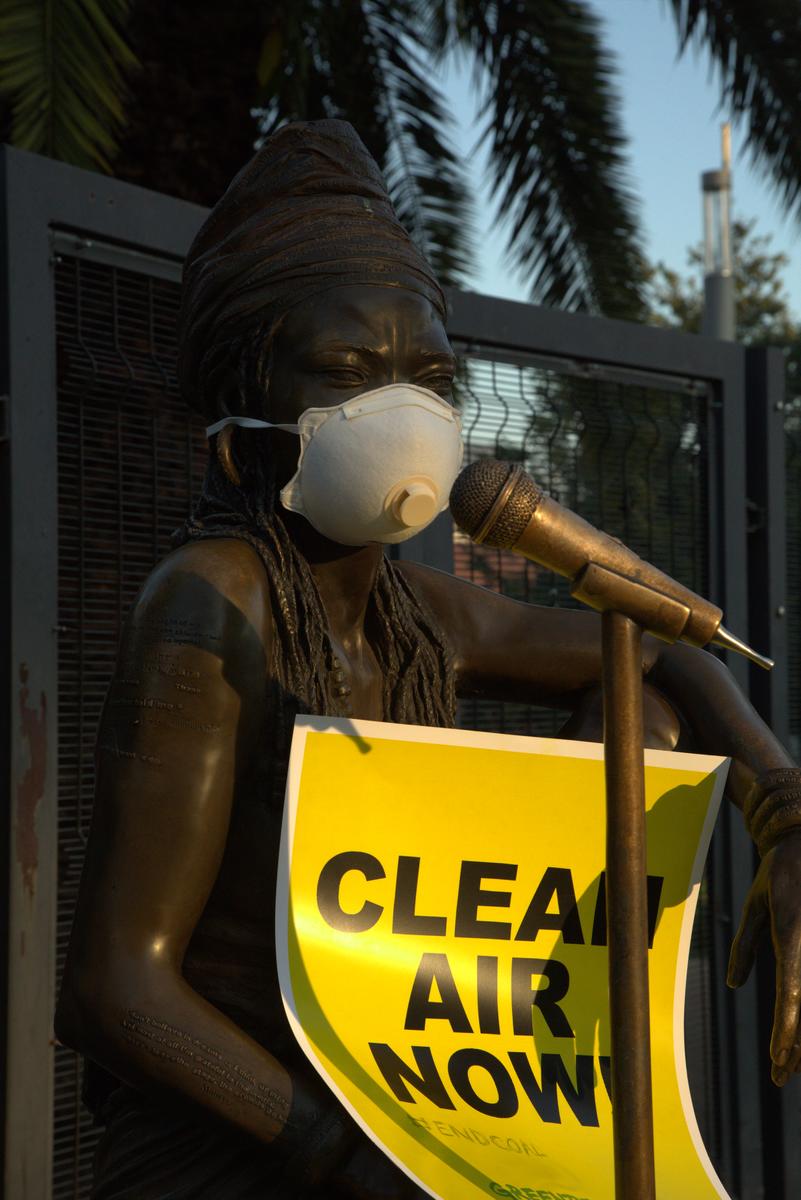
No one wants to live next door to an incinerator, oil refinery, port, toxic waste dump, or other polluting sites. Yet, millions of people in South Africa do, and this puts them at a much higher risk for respiratory disease, cardiovascular disease, neurological damage, cancer, and death.
A substantial portion of the Highveld’s population lives in townships — underdeveloped areas on the outskirts of towns— among the mines or in the shadows of industrial facilities.
A carbon tax would not really help them as a policy that economically and immediately reduces air pollution.
In conclusion,
Our health is being harmed by air pollution in cities all across South Africa, which is caused by polluting emissions from power plants. We need to put a permanent stop to the air pollution problem together. We’re urging individuals who are accountable for the air pollution problem to phase out coal power plants.
Indeed, the global nature of climate change calls for the widest possible cooperation and ambitious action by all Earth citizens. The good news is that immediate changes to air pollution levels also have immediate effects. A crucial starting point for the reclaiming of the quality of the air we breathe is to support the work that Greenpeace Africa does to phase out of fossil fuels.

